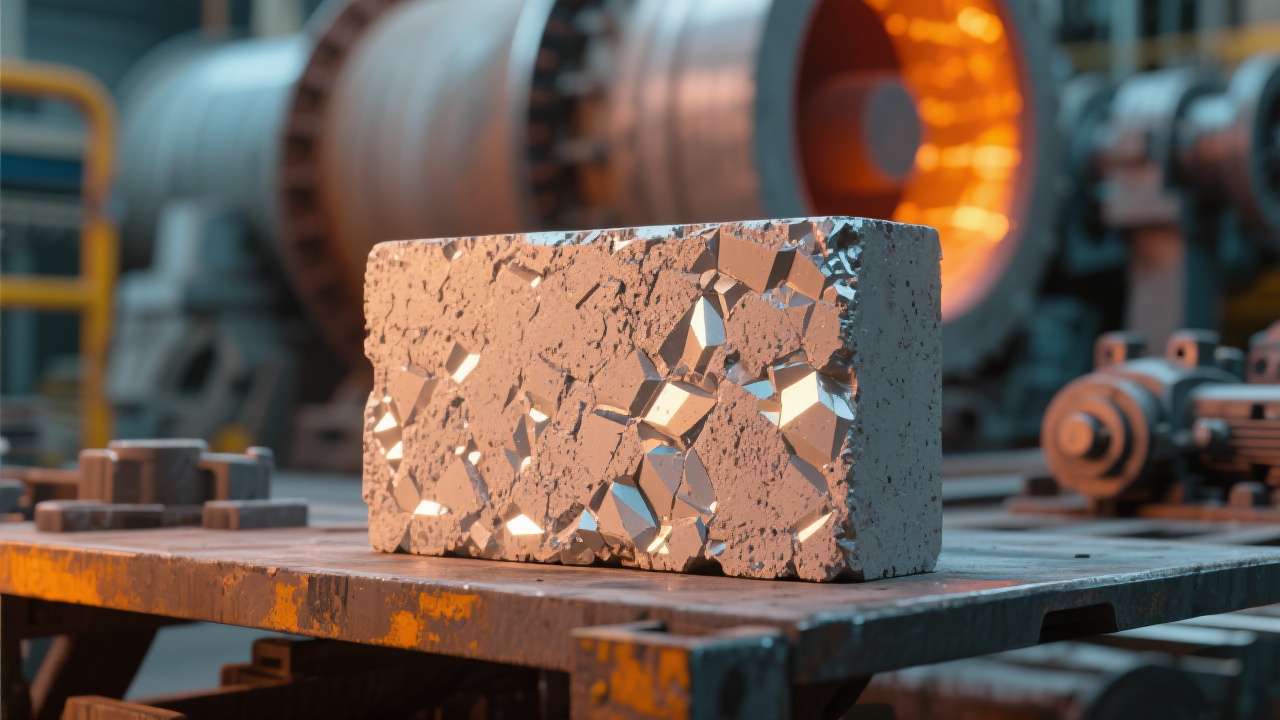
In high-temperature industrial processes—from ceramic sintering to metal heat treatment—efficiency isn’t just about energy savings. It’s about reliability, longevity, and consistent performance under extreme conditions. That’s where low-density mullite-based porous ceramics, particularly those made from cordierite (2MgO·2Al₂O₃·5SiO₂), shine.
Cordierite ceramics offer a unique combination of thermal stability and mechanical resilience. According to ASTM C1173 standards, cordierite materials maintain structural integrity up to 1300°C with minimal dimensional change—a critical factor for precision kiln components like supports and guides.
| Property | Value at 1300°C |
|---|---|
| Thermal Expansion Coefficient | ~1.5 × 10⁻⁶ /°C |
| Flexural Strength | ≥ 45 MPa |
| Low Creep Rate (ASTM C1173) | ≤ 0.5% after 100 hrs @ 1250°C |
These figures aren’t just numbers—they translate into real-world benefits. For example, in a case study conducted by a leading European tile manufacturer, replacing traditional alumina-based supports with cordierite counterparts reduced furnace downtime by 22% over six months due to lower creep-induced deformation.
From kiln car supports to installation arms and even felt retention systems, cordierite’s low density (~2.3 g/cm³) makes it ideal for reducing thermal mass while maintaining strength. In one application involving continuous tunnel kilns, engineers reported a 15% drop in fuel consumption after switching to cordierite-based components—thanks to faster heating cycles and better heat distribution.

What sets this material apart is not only its physical properties but also its ability to withstand repeated thermal shock cycles—up to 500+ cycles at 1000–1300°C without cracking or spalling. This directly impacts maintenance costs: fewer replacements mean less labor, less waste, and higher throughput.
The future lies in tailored porosity control and nano-enhanced compositions. Emerging research shows that adding small amounts of zirconia or yttria can further reduce creep rates below 0.2% at 1300°C, opening doors for next-gen kiln designs in aerospace and advanced ceramics manufacturing.
For process engineers, R&D teams, and procurement managers looking to optimize thermal efficiency without compromising durability—this isn’t just an upgrade. It’s a transformation.
Download Our Free Application Guide for High-Temp Ceramics
